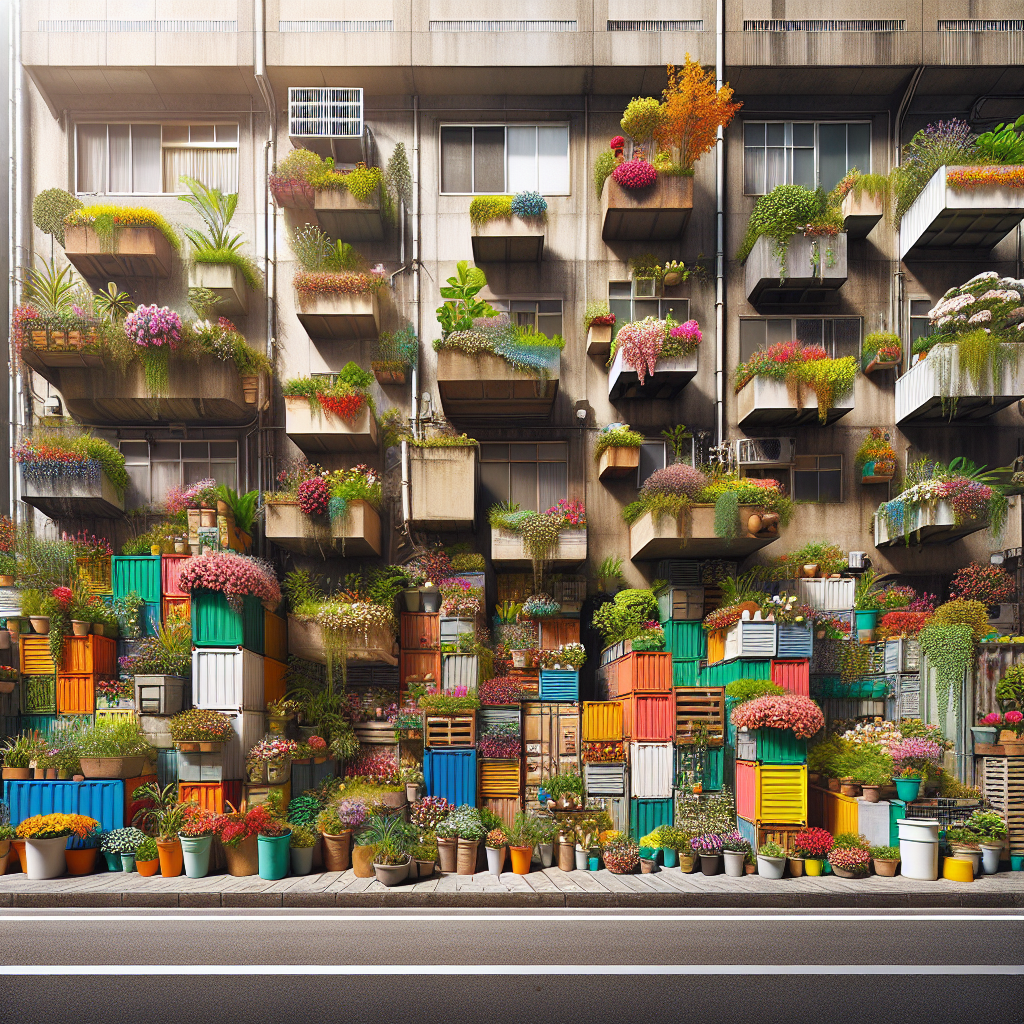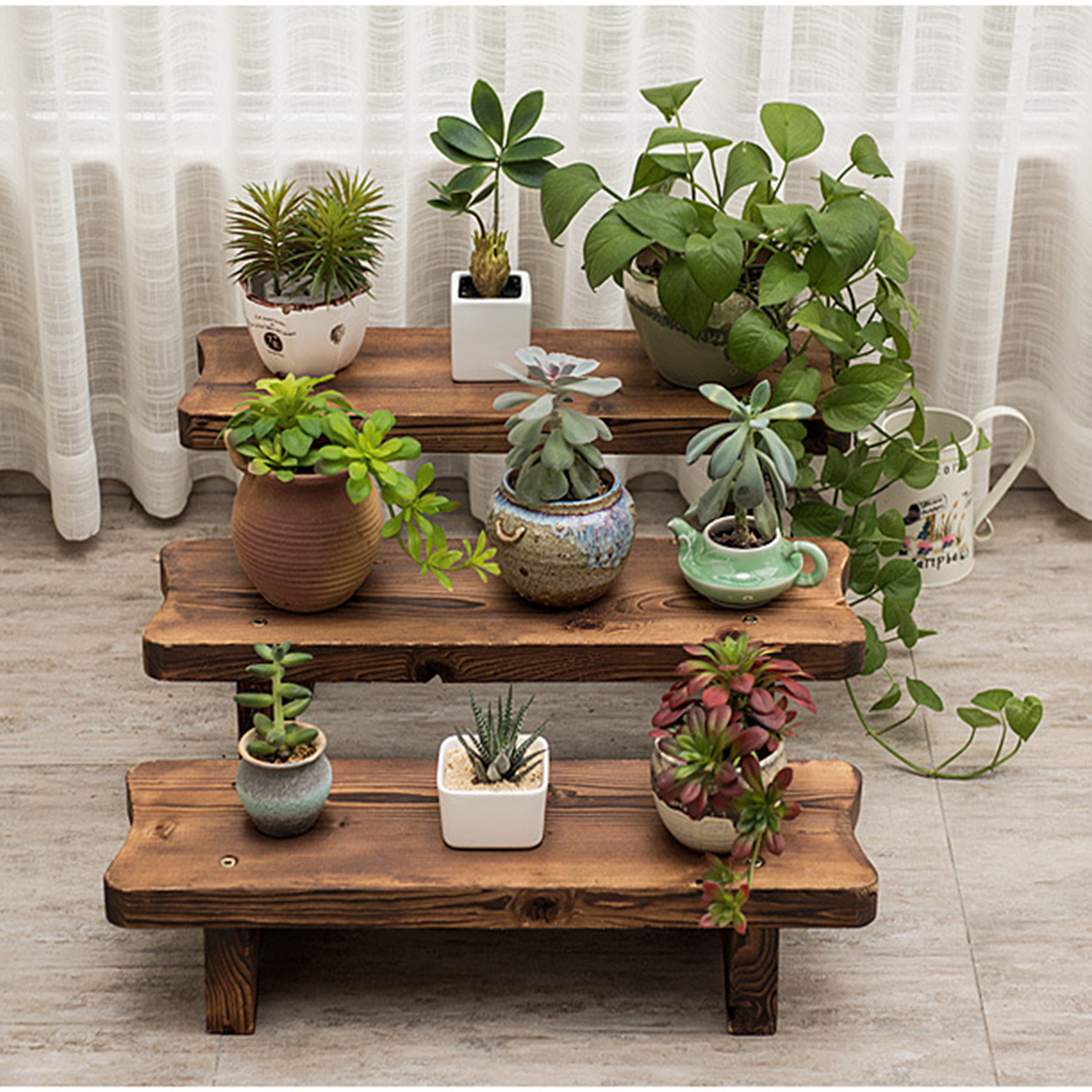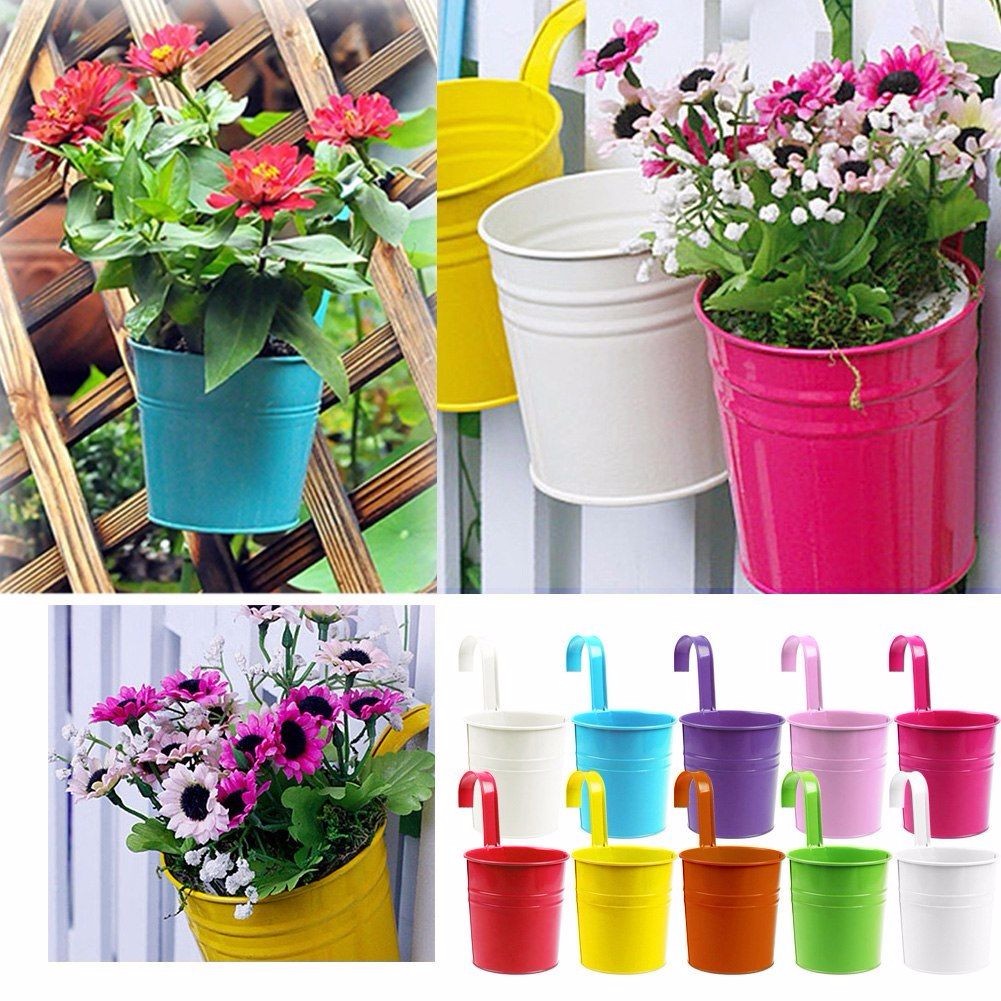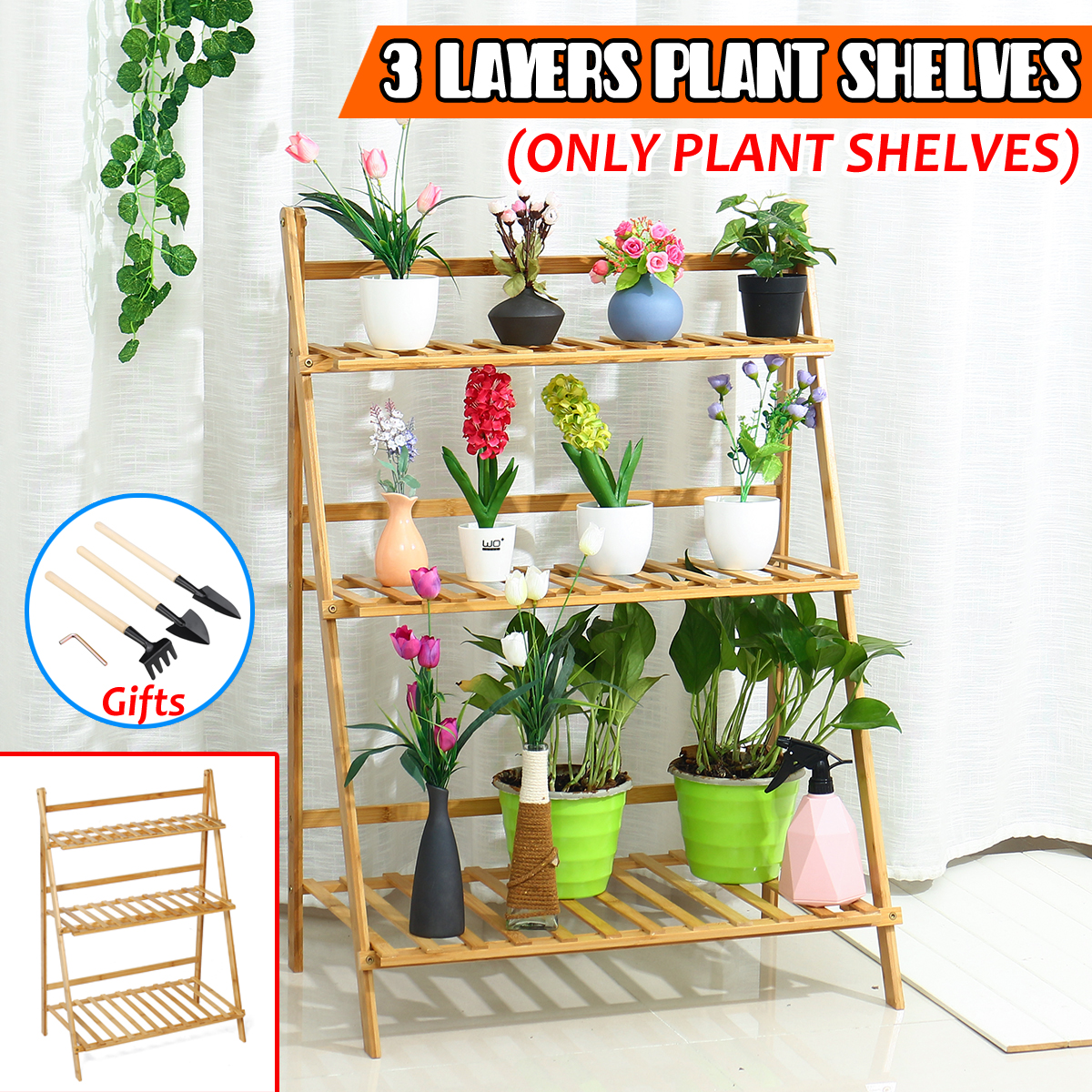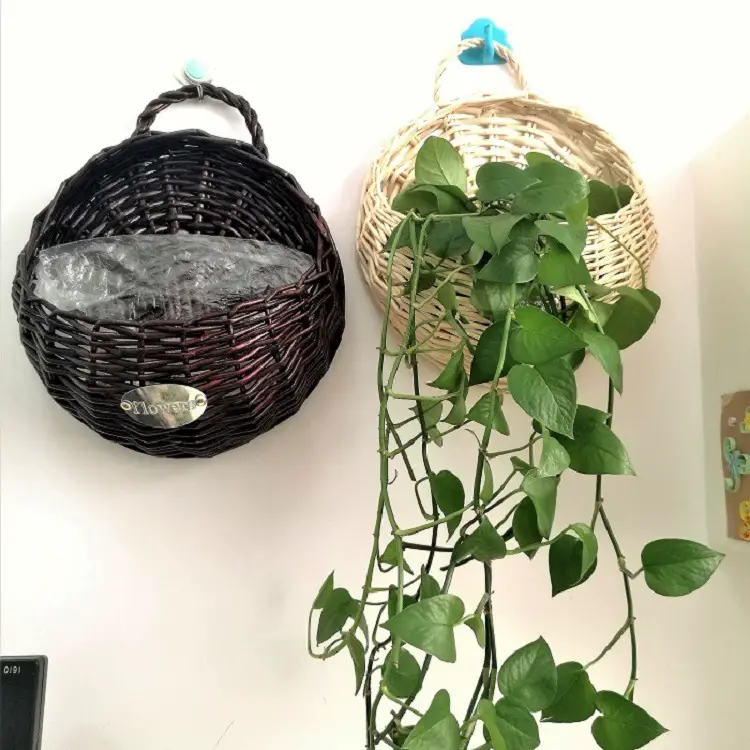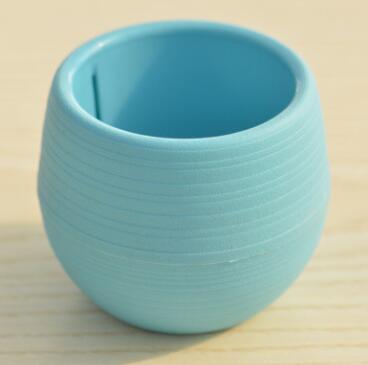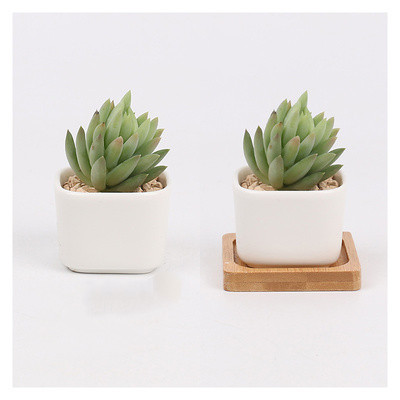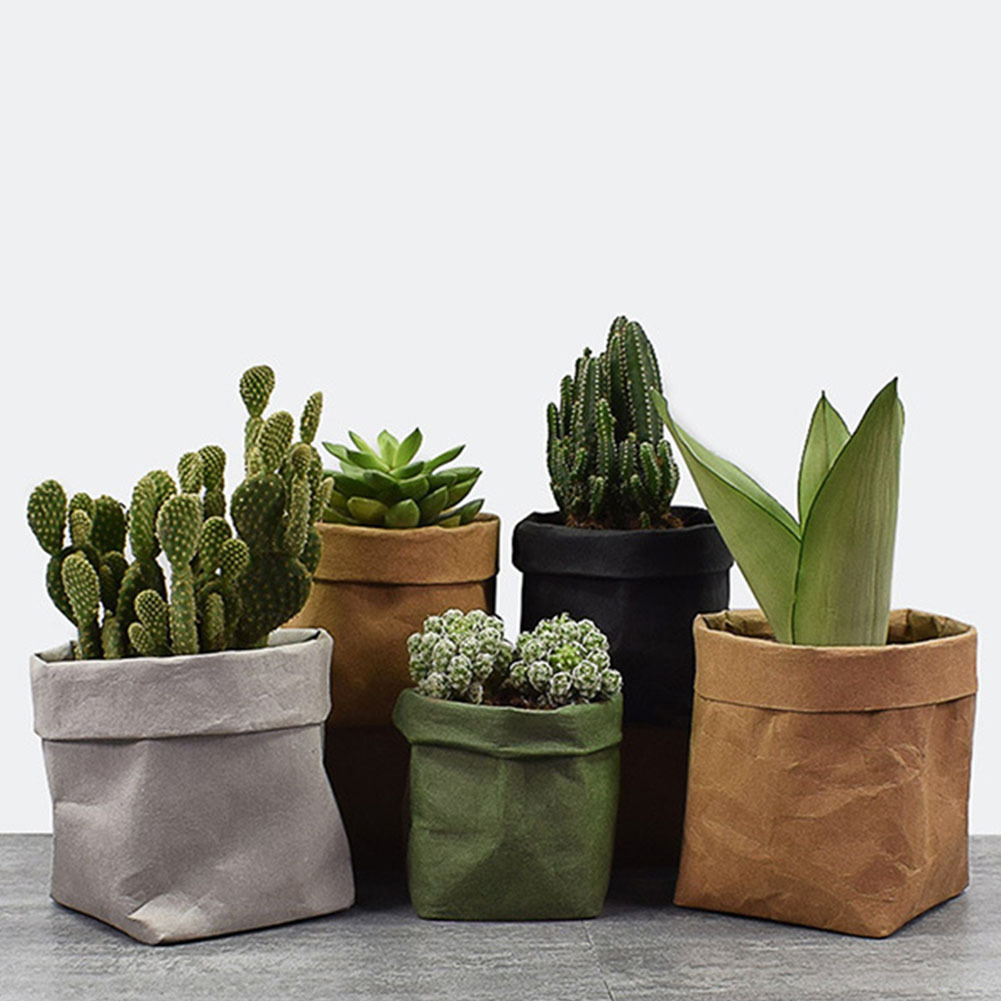Elevating Your Urban Space with Containers
Urban living often requires individuals to make the most of limited spaces, combining functionality and aesthetics into exciting, productive environments. One innovative approach to optimizing small city spaces is through container gardening. With a bit of creativity and the right plants, your urban dwelling can be transformed into a lush escape from the concrete jungle. In this article, we explore how container gardening can elevate urban spaces, incorporate plant species like the Blue Point Juniper, and explore the vast variety of fruits and vegetables suitable for these settings.
The Art of Container Gardening
Container gardening is an accessible and versatile way to bring greenery into urban settings. Whether it’s a small balcony, rooftop, or even a windowsill, containers can fit into any space, providing the ability to cultivate an inviting and refreshing atmosphere. This method involves growing plants exclusively in pots or other containers, offering several advantages, such as easy portability, controlled soil conditions, and flexibility in design.
Advantages of Container Gardening:
-
Portability: Containers can be moved to follow sunlight, respond to seasonal changes, or simply to refresh the layout of your space.
-
Space Efficiency: Even the tiniest patios or balconies can host a surprising variety of plants, turning an anonymous urban corner into an inviting green retreat.
-
Control Over Soil and Conditions: Urban soil can be less than ideal for many plants. Containers allow you to manage soil quality and drainage more effectively, maximizing plant health and growing conditions.
-
Ease of Maintenance: With plants in defined spaces, managing pests and diseases becomes easier, and targeted watering systems can reduce water use.
Enhancing Small Spaces with Blue Point Juniper
The Blue Point Juniper is an excellent choice for urban container gardening, providing structure and year-round interest. This evergreen shrub is appreciated for its conical shape, dense foliage, and striking blue-green color. Its upright growth habit makes it perfect for adding vertical elements to a space that might otherwise feel flat or boxy.
Why Blue Point Juniper?
-
Compact Growth: Reaching heights of around 4 to 12 feet with a spread of 3 to 4 feet, it fits well in urban spaces without overwhelming them.
-
Low Maintenance: It’s drought-resistant once established and doesn’t require frequent pruning, making it ideal for busy city dwellers.
-
Aesthetic Appeal: The striking color and textured foliage of the Blue Point Juniper add visual interest year-round.
By utilizing Blue Point Juniper in your container plans, you can create sculptural statements that break up the monotony of city lines with elegance and charm. These plants can frame doorways, line walkways, or act as focal points on a balcony, offering visual breaks in hardscapes and bringing nature sharply into focus.
Elevating Edibility: Exploring the Variety of Fruits and Vegetables Available
Beyond aesthetics, one of the most rewarding aspects of container gardening in an urban environment is growing fruits and vegetables. This practice not only yields fresh produce but also nurtures a connection with food sources, emphasizing sustainability and healthy living.
Fruits and Vegetables for Urban Containers:
-
Tomatoes: One of the most popular container vegetables, there are many varieties specifically bred for smaller spaces. Cherry tomatoes, in particular, thrive in confined setups, offering sweet, juicy fruits.
-
Herbs: Basil, mint, parsley, and thyme are not only easy to grow in pots but are immensely rewarding, providing fresh flavors that enhance culinary experiences.
-
Strawberries: With roots that don’t go deep, strawberries are ideal candidates for hanging baskets or smaller pots, bringing fresh sweetness to city dwellers.
-
Leafy Greens: Lettuces and spinach grow quickly and can be harvested multiple times a year, making them a productive choice for rolling harvests.
-
Peppers: Both sweet and hot varieties do well in containers, adding a splash of color and heat to your urban garden palette.
-
Carrots and Radishes: With deep enough containers, root vegetables like these can flourish, rewarding growers with crispy, fresh produce.
Cultivating Urban Edibles:
Container-grown edibles bring the farm-to-table concept closer to home, promoting healthier diets and reducing carbon footprints associated with food transport. Additionally, growing your own fruits and vegetables builds resilience, making urban areas less dependent on distant supply chains and more attuned to seasonal cycles.
Design Considerations for Urban Containers
Harmonizing with Architecture:
Incorporating plants into urban environments doesn’t just mean squeezing them wherever they fit; instead, it involves blending them with the architectural cues around them. Consider the lines, materials, and colors in your existing space when choosing container styles and plant species. Containers made of materials like terracotta, ceramic, or recycled metals can contrast beautifully with urban concrete, brick, or glass.
Creating Layers:
In small urban spaces, the key is to not only use ground space but also to think vertically. Use tiered shelving, hang pots from railings, or install wall planters to maximize greenery without compromising floor space. Use taller plants in the back, medium-sized ones in the middle, and trailing ones in the front or hanging them above.
Prioritizing Functionality:
When selecting containers, consider their weight, drainage capability, and the needs of the plant varieties you wish to grow. Self-watering pots can help reduce maintenance efforts and water waste, making them ideal in busy urban environments.
Supporting Biodiversity with Container Gardens
Beyond personal benefits, container gardening can have a significant positive impact on urban biodiversity. By carefully selecting a mixture of flora, container gardens can attract and support pollinators like bees and butterflies, which are vital for maintaining healthy ecosystems even in densely populated areas.
Creating Wildlife Habitats:
-
Use a mix of flowering plants to provide nectar sources throughout the growing season.
-
Select native species where possible, as these will be most beneficial to local ecosystems.
-
Incorporate plants that produce berries or seeds to provide food for birds.
Final Thoughts
Urban spaces need not be sterile or disconnected from nature. By bringing container gardens into your life, you create opportunities to interact with greenery on your terms. You have the power to nurture beauty, sustainability, and even food production, all while enhancing your living environment. The process is as rewarding as it is transformative, cultivating a deeper appreciation for the natural world and its continuous cycles.
Elevating urban spaces with containers is more than an aesthetic endeavor; it is a movement toward a more sustainable, verdant future. It reminds us that, regardless of space limitations, we can engage profoundly with nature, savor immediate access to fresh produce, and influence the world around us, one pot at a time. Through thoughtful design and plant selection, your urban habitat can become a lush, productive sanctuary that sings biodiversity’s praises amidst city life’s hum, promoting mental well-being and ecological balance in equal measure.


